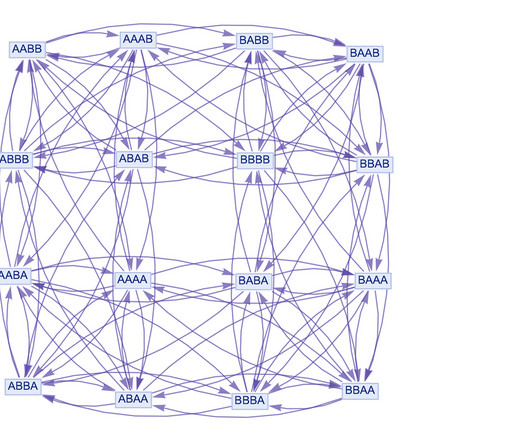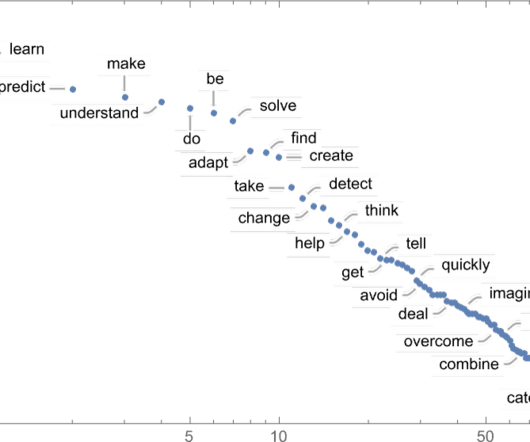9 Good Collections of Videos for Education
Ask a Tech Teacher
OCTOBER 23, 2019
Bright Science is a free YouTube channel of over 1300 study videos for high schoolers (or precocious middle schoolers). Most are about five minutes (some longer, some shorter) and cover topics like chemistry, physics, calculus, geometry, biology, Algebra, trigonometry, grammar, ACT prep, and SAT prep.












Let's personalize your content